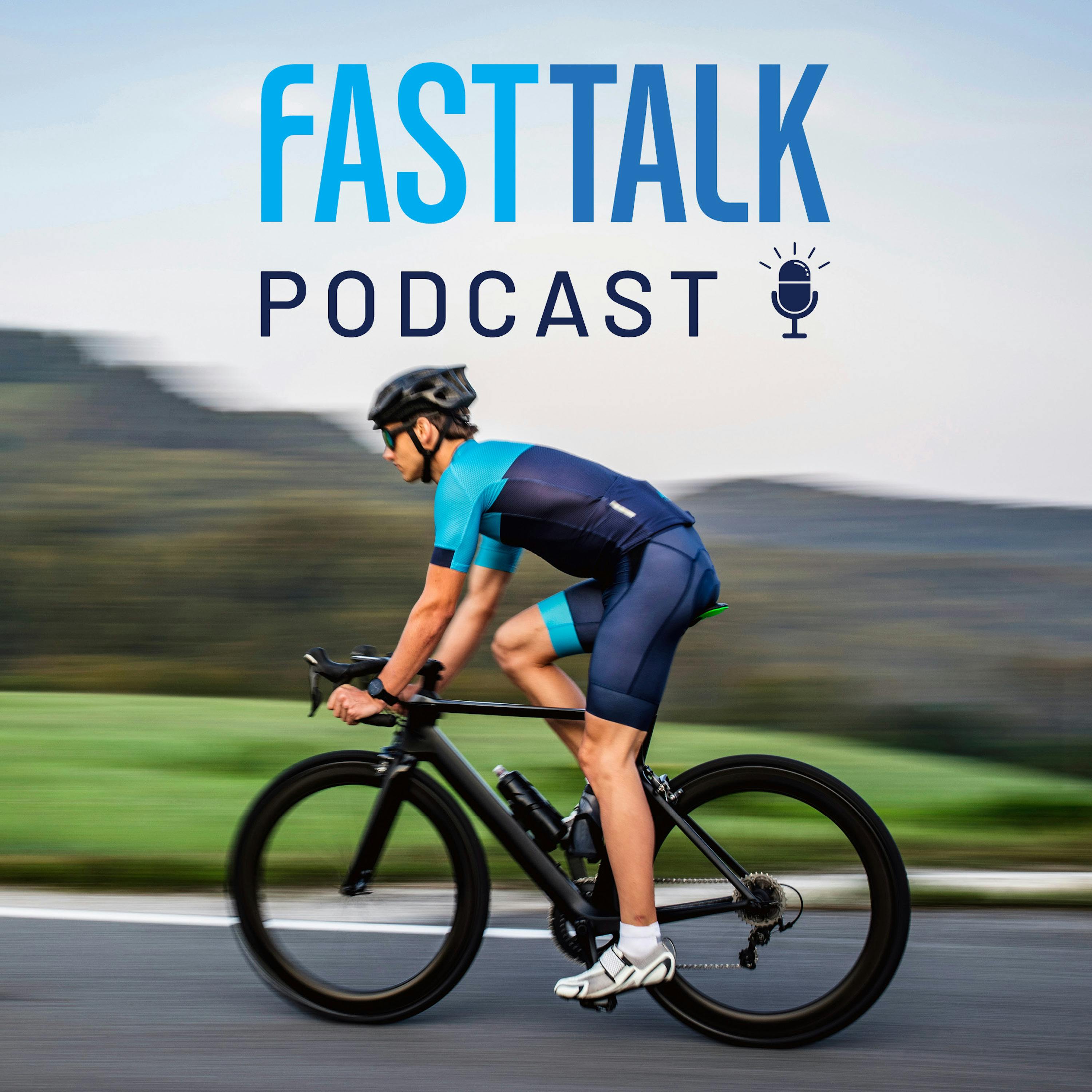138: Q&A on Training Without Power, Optimizing Time at Your Desk, Lunch Ride Syndrome, and the Benefits of Fixies, with Amos Brumble

Amos Brumble is a New England legend. Is it because of his racing palmar\xe8s? His charm? His collection of guinea pigs? Or all of those things? We find out, and then we dive into some listener questions.\nDavid H. of Seattle, Washington asks: \n\u201cSuppose a 55-year old athlete is training with a heart rate monitor and perceived effort and recovery scales and is able to train between 10-16 hours/week. No power measurements. The athlete's goal is to maximize performance on gravel races\u2014about 100 miles and about 10,000 feet of climbing\u2014which, with the exception of the first 20 miles or so, basically means a long time trial effort. Given that goal and training context, how would you recommend that a training plan be structured? I ask this question because so much of the discussion on your podcast references power. I understand why, but I don't have a power meter in part, for cost, and in part because heart rate is enough 'quantification.' I'm interested in the meaning and aesthetics of riding hard.\u201d\nThe next series of questions on low-cadence work comes from Ray Farris:\n\u201cMy impression from your podcast is that the low cadence sessions talked about in the session were fairly short efforts at high power. However, Steve Neal of the Cycling Gym, whom you have had on Fast Talk a couple of times, seems to like to give his athletes sessions of several intervals of 20-40 min at low cadence at tempo power, generally 83% of FTP, subject to an 83% of max heart rate limit on power. And I just watched a Lionel Sanders YouTube video in which his coach had him do multiple sessions of 40 minutes at 50-60rpm at what I roughly estimate is about 80% of FTP.\nWhat\u2019s the thinking about these types of interval workouts? 1) Do these build FTP? 2) Are these \u201chard\u201d workouts in the Seiler polarized model? Do they have a place in a polarized model and if so what is it and when is it in terms of periodization blocks? 3) Do these raise the athlete toward his theoretical VO2 max, but at the cost of lowering VLa max? Does this trade-off even matter for anyone other than pro level sprinters?\u201d\nOur next question comes from Russ Sanka, in Bristol, Tennessee. And it\u2019s a good one for anyone who has a desk job. He asks:\n\u201cWhat can I do at a desk job to aid in training/recovery? I have been using a stand up desk and a desk cycle I would like to hear your opinions and the research on the subject.\u201d\nThis next question comes from Ivan S. from Milan, Italy. He asks:\n\u201cI love to ride my fixie in the \u2018off-season\u2019 to train on. I feel like it helps me with training and strength that I can\u2019t get on a geared bike. Is this true? If so, what am I gaining and how does that help me when I go back to the geared bike?\u201d\nOur final question comes from Peter Burghardt. He asks:\n\u201cCan you address 'lunch ride syndrome'\u2014the tendency to go out the door and immediately hammer down because you've only got 45 minutes. Do you have suggestions for lunch ride workouts of an hour or less?\u201d\n\nLearn more about your ad choices. Visit megaphone.fm/adchoices